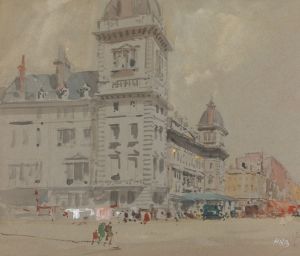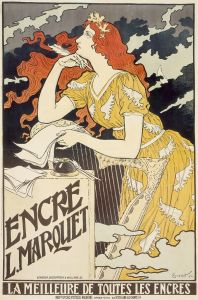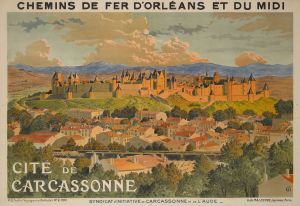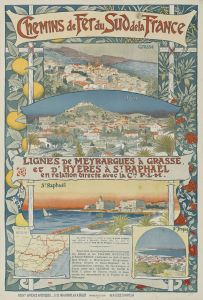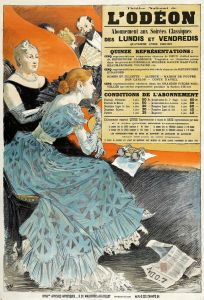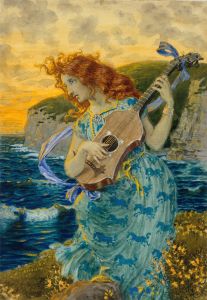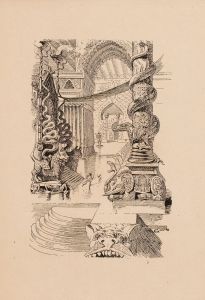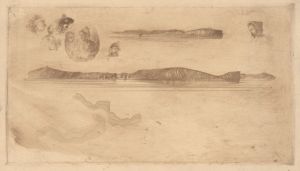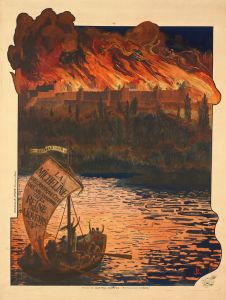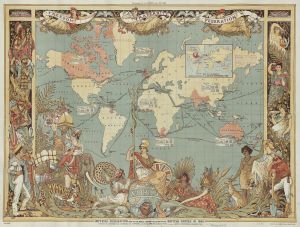
Chemins de fer du Sud de la France. Lignes de Meyrargues à Grasse
A hand-painted replica of Eugène Grasset’s masterpiece Chemins de fer du Sud de la France. Lignes de Meyrargues à Grasse, meticulously crafted by professional artists to capture the true essence of the original. Each piece is created with museum-quality canvas and rare mineral pigments, carefully painted by experienced artists with delicate brushstrokes and rich, layered colors to perfectly recreate the texture of the original artwork. Unlike machine-printed reproductions, this hand-painted version brings the painting to life, infused with the artist’s emotions and skill in every stroke. Whether for personal collection or home decoration, it instantly elevates the artistic atmosphere of any space.
Eugène Grasset was a Swiss-born French artist known for his contributions to the Art Nouveau movement, particularly in the fields of graphic design, illustration, and decorative arts. One of his notable works is the poster "Chemins de fer du Sud de la France. Lignes de Meyrargues à Grasse," which showcases his distinctive style and artistic approach.
The poster was created as part of a series of promotional materials for the Chemins de fer du Sud de la France, a railway company that operated in the southern regions of France. This particular line connected Meyrargues to Grasse, two towns in the Provence-Alpes-Côte d'Azur region. The railway line was significant for its role in enhancing transportation and accessibility in the area, promoting tourism, and facilitating the movement of goods and people.
Grasset's poster is a quintessential example of Art Nouveau, characterized by its elegant lines, organic forms, and harmonious integration of text and imagery. The design likely features elements typical of Grasset's work, such as stylized natural motifs, flowing lines, and a balanced composition. These elements were intended to capture the viewer's attention and convey the allure and beauty of the region served by the railway line.
Art Nouveau, as a movement, sought to break away from the historical styles that dominated the 19th century, emphasizing instead a return to craftsmanship and the incorporation of natural forms. Grasset, along with other artists of the time, played a crucial role in popularizing this style, which became influential in various domains, including architecture, interior design, and graphic arts.
The poster not only served a practical purpose in advertising the railway line but also reflected the broader cultural and artistic trends of the time. It exemplified the fusion of art and commerce, where aesthetic considerations were integrated into promotional materials to enhance their appeal and effectiveness.
Eugène Grasset's work, including this poster, contributed to the development of modern graphic design. His approach to typography, layout, and illustration set a precedent for future designers and highlighted the potential of visual art as a tool for communication and persuasion.
While specific details about the imagery and composition of the "Chemins de fer du Sud de la France. Lignes de Meyrargues à Grasse" poster are not extensively documented, it remains an important piece within Grasset's oeuvre and the history of Art Nouveau. The poster is a testament to Grasset's skill in merging artistic beauty with functional design, a hallmark of his career and the era in which he worked.
Overall, Eugène Grasset's contribution to the arts, particularly through works like this poster, underscores the transformative power of art in everyday life and its ability to elevate even the most utilitarian objects to the level of fine art.





